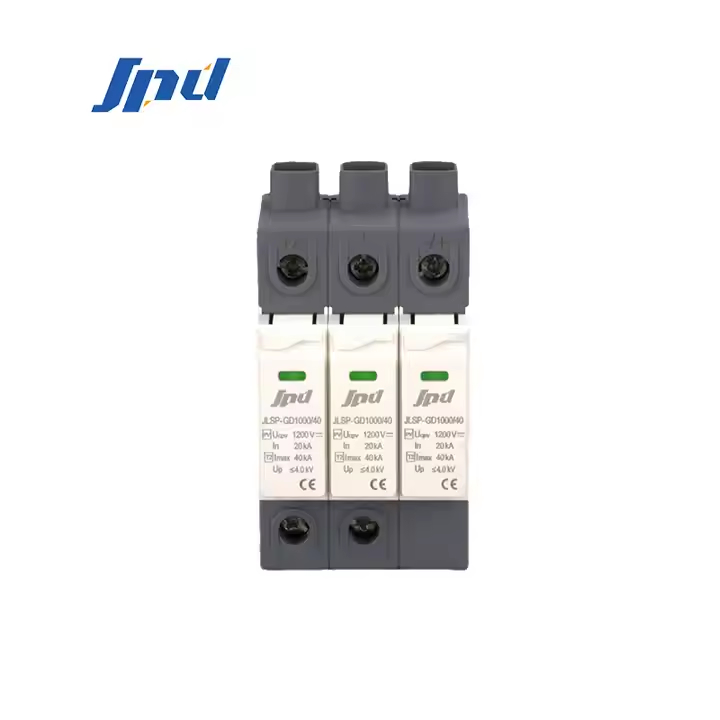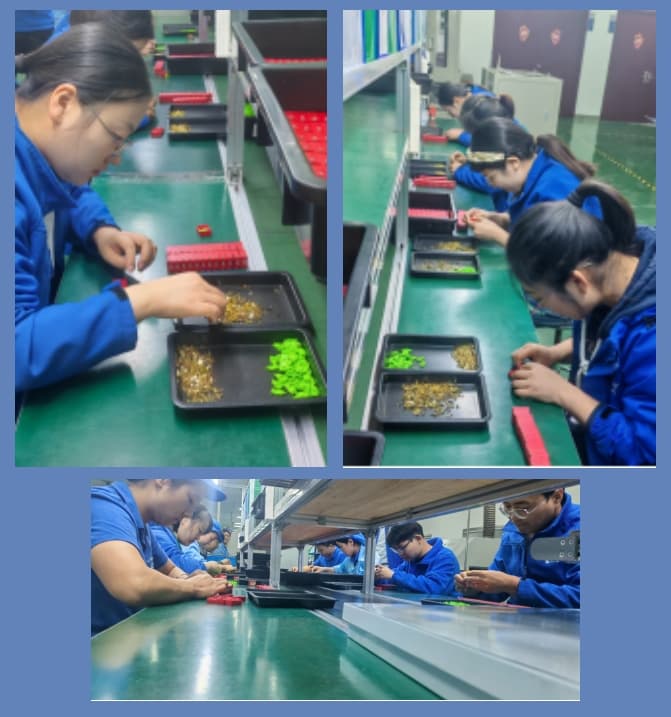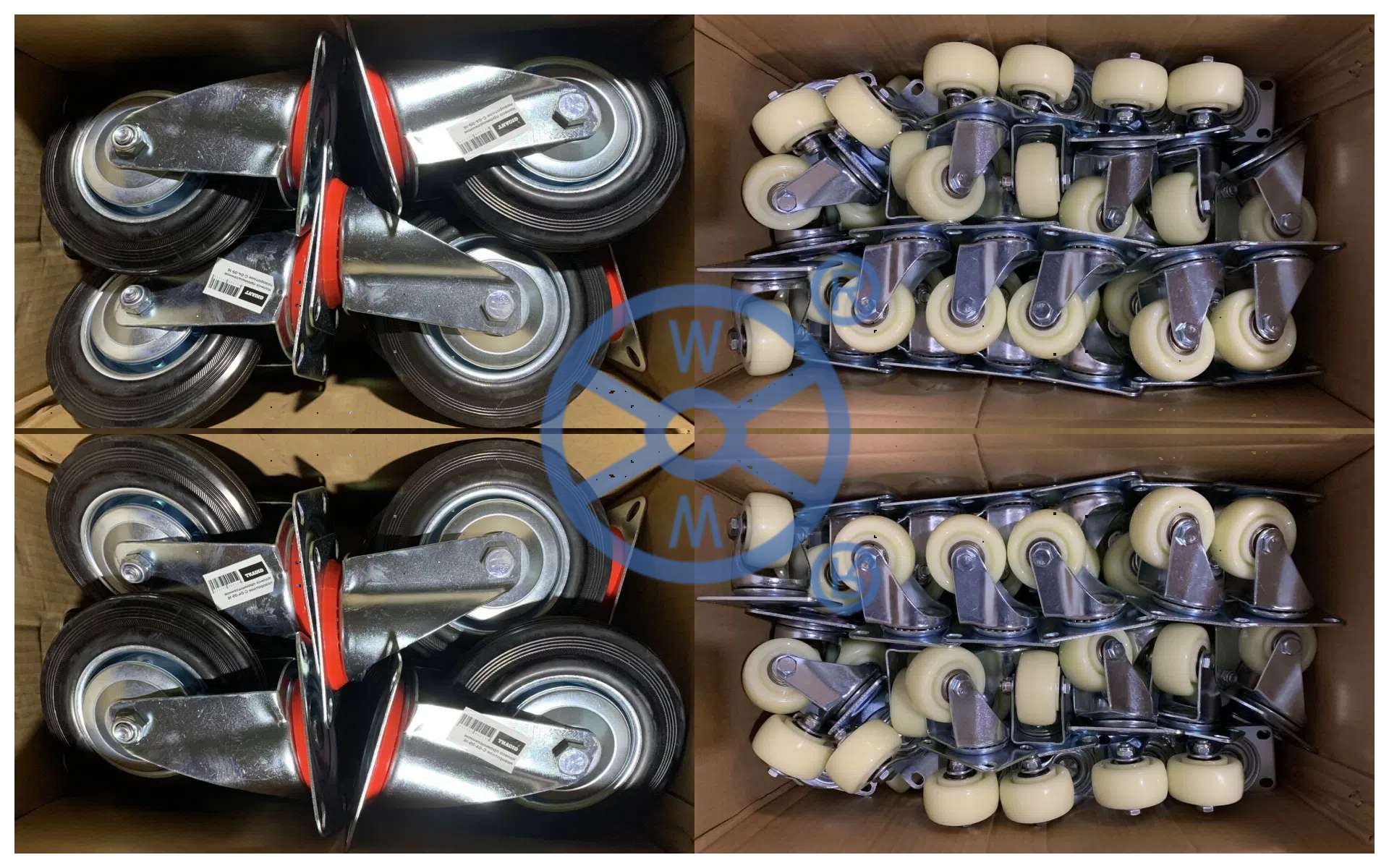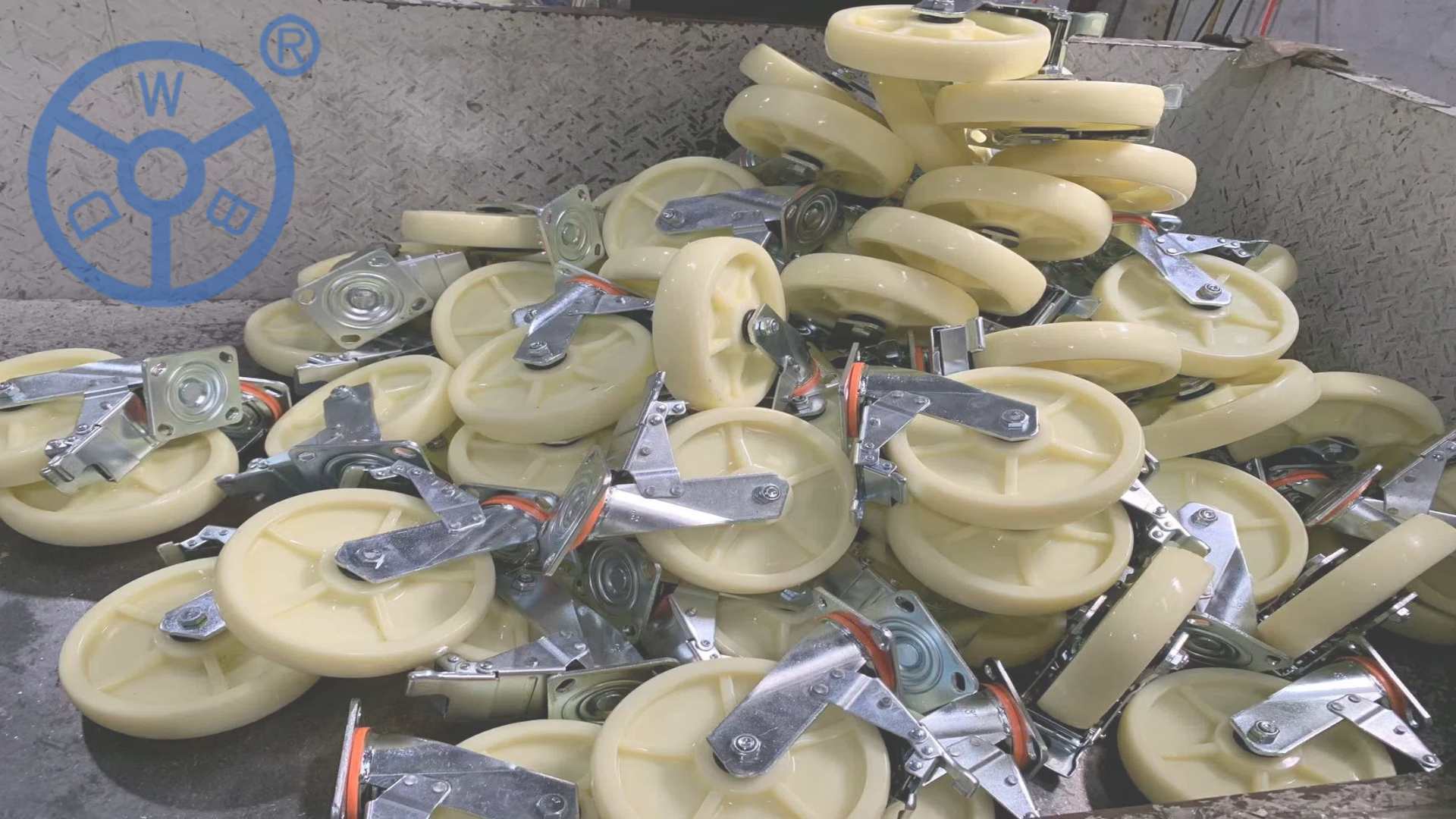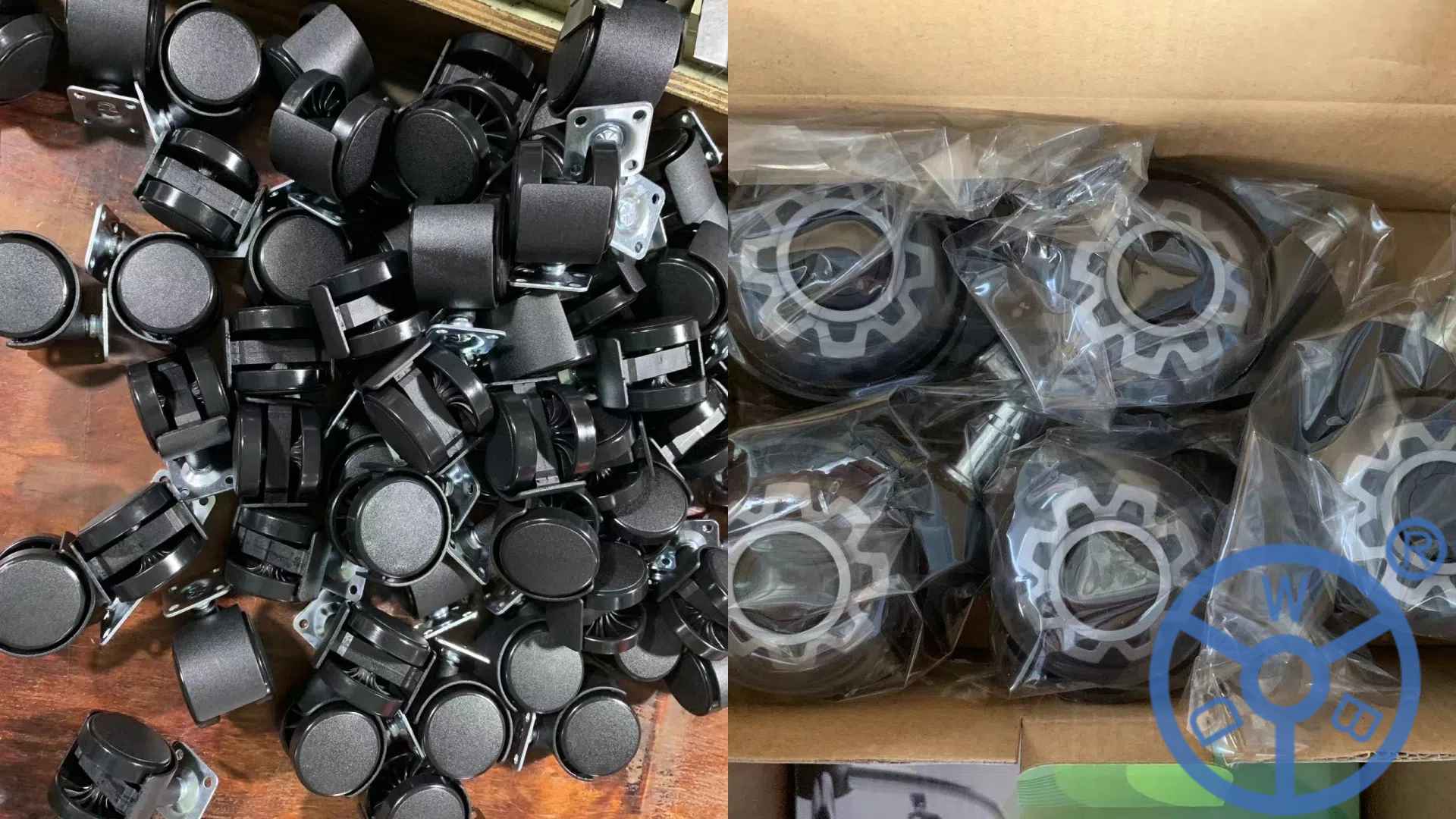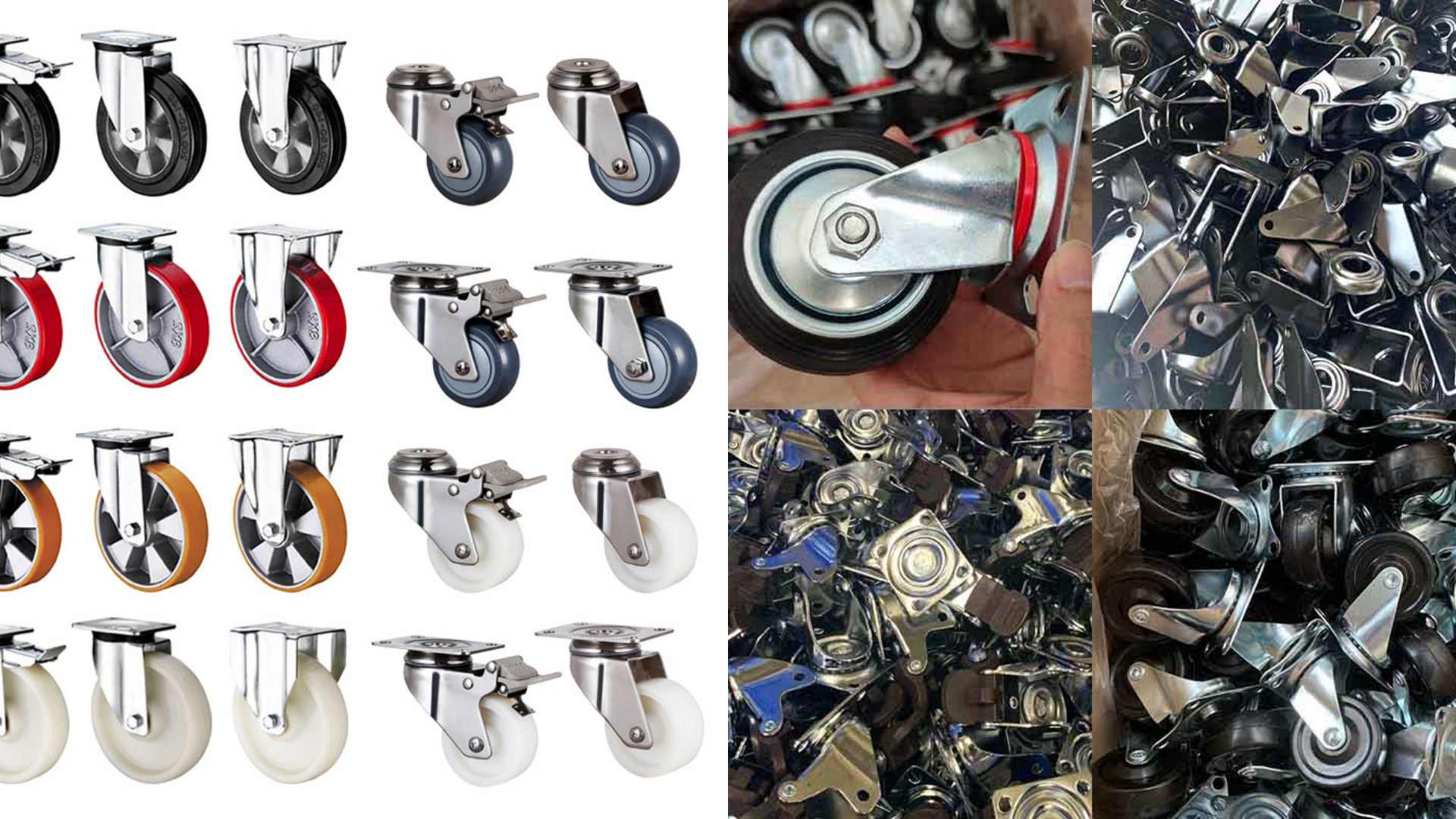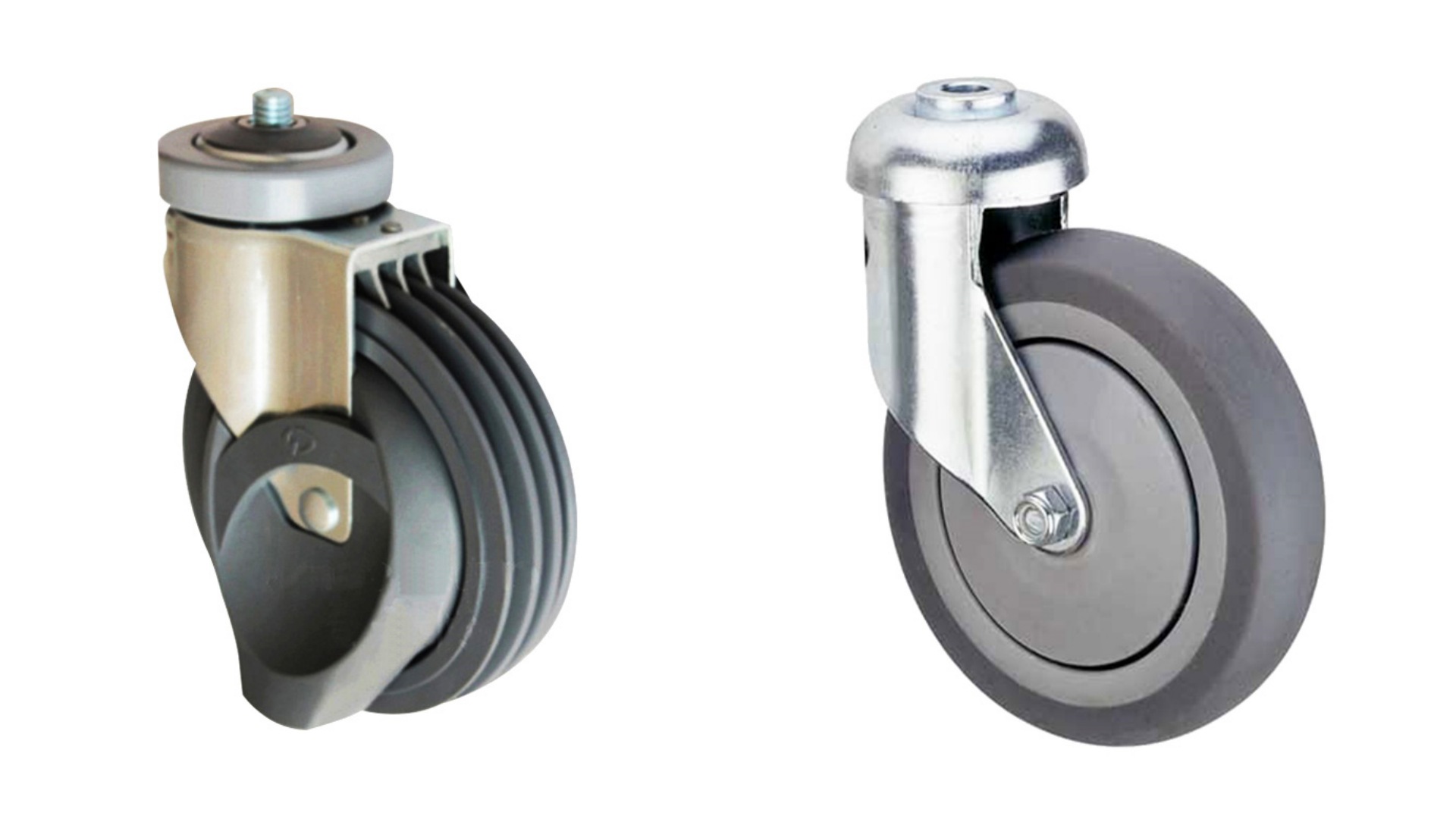2024 Annual Meeting of the Academic Committee of Building Electrical and Intelligent Buildings of Wuxi Civil Engineering Society
On November 30th, 2024, the Academic Committee of Building Electrical and Intelligent Building of Wuxi Civil Engineering Society was held in Wuxi Picturesque Hotel, representatives from more than 20 electrical equipment manufacturers attended the annual meeting.
Anhui Jinli Electric is a technical service company specializing in the research and development, manufacturing, sales and overall lightning protection solutions of lightning protection products, and had a good interaction with the visiting representatives at the venue. The exhibits included sugre protection devices, SPD backup protectors, backup integrated SPDs, signal surge protectors and intelligent lightning protection system, which attracted the attention and consultation of many representatives. As a professional lightning protection manufacturer, our company was also invited to make a company introduction at the conference.
With the approval of the Wuxi Civil Engineering Society and the Building Electrical and Intelligent Building Professional Academic Committee, Anhui Jinli officially became a member unit of the Wuxi Civil Engineering Society and the Building Electrical and Intelligent Building Professional Academic Committee.
Based on the corporate development philosophy of "protecting users from lightning", we are committed to the safety of electricity use in electrical systems, focusing on lightning protection technology for electrical systems, and independently developing lightning warning systems and intelligent lightning protection systems. We transform passive lightning protection into active protection, and decentralized protection into full-system intelligent protection, and establish a three-dimensional lightning protection and operation and maintenance management system. Creating the world's best lightning protection brand is our driving force for continuous progress, and we provide global customers with safer and more efficient lightning protection solutions.
